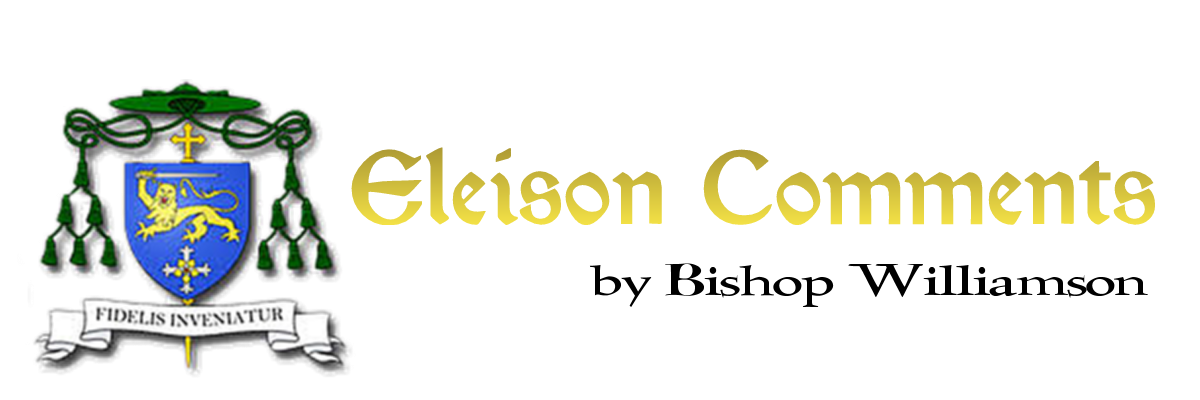Dr. White opens his discussion of part two of Don Quixote by showing how knight errantry is closely connected to Catholic life. He then introduces the audience to Dulcinea, a local farm girl who, in his warped imagination, Quixote converts into a feminine idol. And we learn how Sancho Panza, Quixote’s faithful squire, is prone to telling stories – white lies really, but he gives his master a new name, “The Knight of the Lions.” At the close of this conference, Sancho gets his wish to own an island and to be its governor.
Dr. White opens with Don Ouixote’s discovery of cloth-draped statues of the saints. As he explains them to Sancho, he dwells on the story of St. Paul whom he describes as Our Lord’s greatest enemy and His greatest defender. Later, Quixote is defeated by Samson Carrasco, Knight of the White Moon. Now, with his vision of knight errantry failing, the aging Quixote returns home, no longer living in fantasy, and takes to his bed. Knowing at last who he really is, he makes a good confession and dies: the end of what Dr. White calls a profound Catholic book.
In his introduction to Greek tragedy, Dr. White briefly discusses the Oresteia, the only surviving trilogy of this, the Greek “golden age” of theater. Though written five centuries before Christ and without benefit of Revelation, these plays were commended by St. Thomas as the work of writers who were seeking truth. White further describes the Greek tragedy art form as being derived from the celebration of the yearly Dionysus festival in which players sang hymns and dressed in animal-skin costumes. Dr. White ends his commentary with a Q and A session.
In his preamble to a discussion of Agamemnon, Dr. White decries the absence of an American “golden age of theatre” and describes film as a bastard theatrical form that combines art and technology but lacks a connection to the audience. Greek theater on the other hand is a communal experience: In the case of Agamemnon, an experience essentially between man and wife that eventually becomes a war of the gods. Dr. White calls it a brilliantly constructed play with elements calling to mind Adam and Eve and original sin.
Here Dr. White discusses the second and third plays of The Oresteia. He explains that The Libation Bearers, the second play in the trilogy, is named for the chorus. It is a play about the power of the past, and how the living have obligations to the dead. Again it is a play about revenge though it begins and ends with a prayer. The third play in the trilogy, Eumenides, Dr. white tells us, features an enormous conflict between the gods, essentially turning the play into a courtroom drama, the outcome of which is ultimately judged by the goddess Athena.
In this second lecture the biographical sketch of Eliot’s life is continued, and episodes from it are juxtaposed with scenes from the Waste Land. The biographical review alludes to episodes, themes, and interests such as Charles Maurras and Action Française, Eliot’s editorship of The Dial, his work in philosophy, his Harvard dissertation on Bradley (though it was never defended), and (as early as 1917) the interest in Thomism. Dr. White also explores the pain Eliot experienced in his unhappy marriage to Vivian Haigh Wood (though she loved his work and appreciated its significance).
The additional emphasis of this lecture is the beginning of a detailed consideration and explication of the first three sections of the Waste Land, consisting of a repository for imagery, allusions, and fragments, that are themselves assembled but also remain for reassembly in other settings. Considered, among other things, are the significance of World War I, the use of myths – inherited from Joyce (though Eliot abhorred his Ulysses in many ways) – such as the fisher-king, the Grail. Dr. White notes the opening reference to Chaucer, and the poem’s contrasting the joy of Medieval, Catholic spring with the misery of living in a useless, hideous world. The doctor also emphasizes the role of the poetic reader – who brings a legitimate element to a poem, coloring its meaning based on the reader’s own experience – is contrasted with that of the poet.
